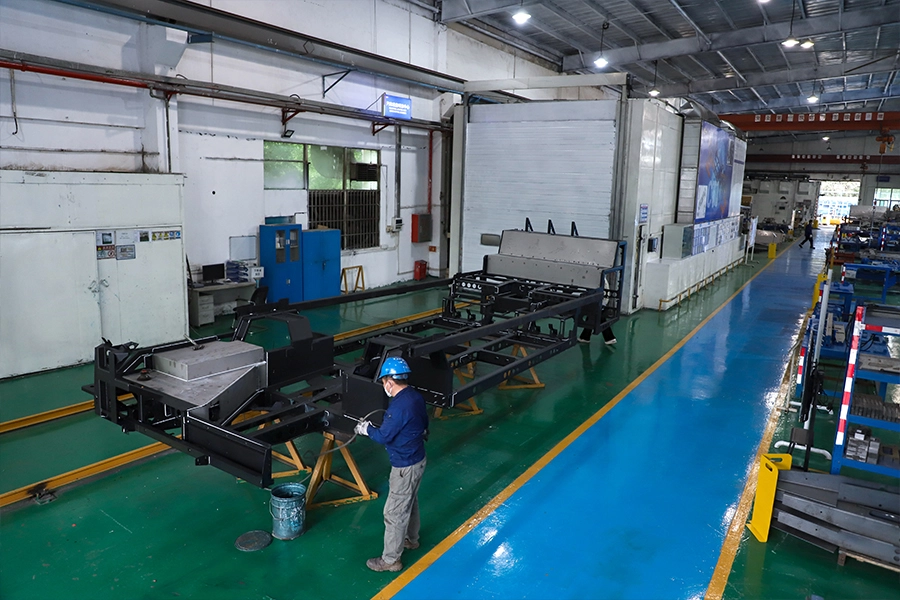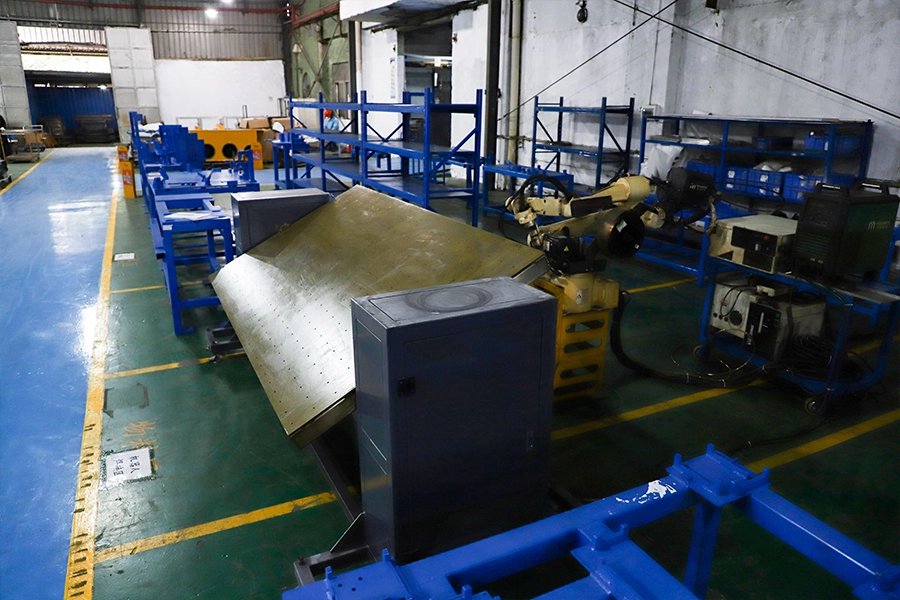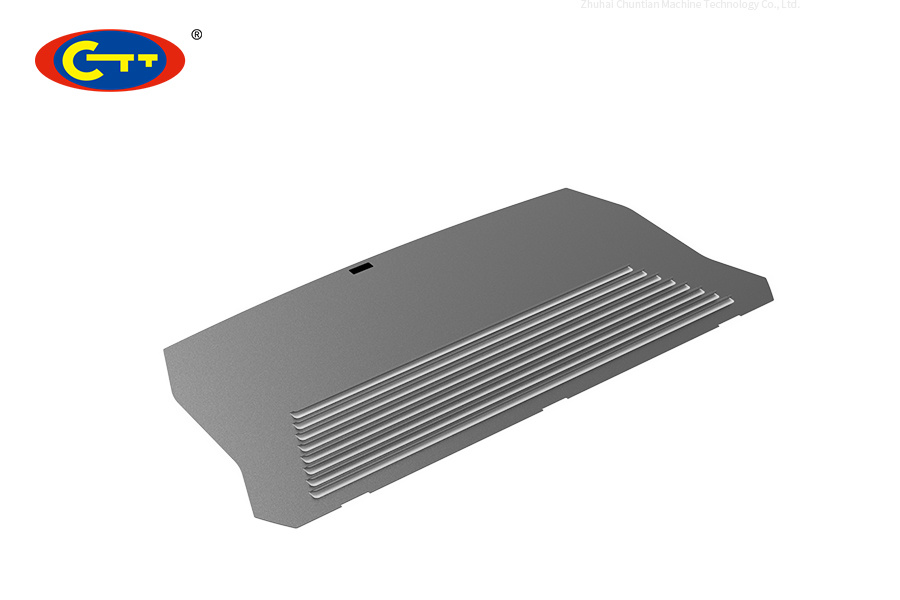The difficult choice between oil-based paint and water-based paint under environmental pressure
Release time:
2024-12-27
Oil-based paints have good film-forming properties and strong adhesion, but contain high VOCs and pollute the environment. Water-based paints are environmentally friendly and have low VOCs, but their film-forming properties are slightly inferior and are affected by the environment. When choosing paints, all industries should weigh performance, construction, cost and environmental protection, and make a balanced choice between the two to meet the general trend of environmental protection and their own needs.
At a time when environmental protection requirements are becoming increasingly stringent, the choice between oil-based paint and water-based paint has become a difficult problem faced by many industries.
Oil-based paint has a long history of application and some advantages that cannot be ignored. It has a good film-forming effect and can form a hard, smooth and glossy protective film, which makes the surface of the object after painting look full of texture. For example, in the furniture industry, oil-based paint can well show the texture of wood and improve the beauty and durability of furniture. It also has strong adhesion and can firmly adhere to the surfaces of various materials such as metal and wood, and is not easy to peel off. However, the shortcomings of oil-based paint are particularly prominent in the context of environmental protection. Oil-based paint contains a large amount of organic solvents, such as volatile organic compounds (VOCs) such as benzene, toluene, and xylene. These substances will evaporate into the air during the painting process, which will not only produce a pungent smell, but also pollute the indoor and outdoor environment, causing harm to human health, such as irritating the respiratory tract and affecting the nervous system. Moreover, the production process of oil-based paint is also accompanied by high energy consumption and pollutant emissions.

In contrast, water-based paint uses environmental protection as its main selling point. It uses water as a diluent, greatly reducing the use of organic solvents, and the VOC content is extremely low, even close to zero, which has a significant effect on reducing air pollution and improving indoor air quality. Using water-based paint in home decoration can effectively reduce the residual odor and the release of harmful gases in the room after decoration, making the living environment healthier. At the same time, the construction of water-based paint is relatively simple and the drying speed is fast, which can save construction time and cost. But water-based paint is not perfect. Its film-forming effect is not as good as oil-based paint in some aspects, such as gloss and hardness may be slightly inferior, and it may not be fully met in some industrial applications or high-end furniture production with extremely high requirements for surface quality. Moreover, water-based paint is more sensitive to the humidity and temperature of the construction environment. In the case of high humidity or low temperature, it may affect its drying effect and final quality.
For different industries and application scenarios, the choice between oil-based paint and water-based paint has its own considerations. In the automobile manufacturing industry, although water-based paint has obvious environmental advantages, due to its shortcomings in hardness and weather resistance, some parts that require extremely high durability of the paint, such as the body shell, may still partially use oil-based paint or specially formulated water-based paint. In the field of interior decoration, especially family homes and some public places with high environmental protection requirements, water-based paint is gradually becoming the mainstream choice, although some compromises may be made in terms of aesthetics.

Under environmental pressure, the choice between oil-based paint and water-based paint is not a simple either-or. All industries need to comprehensively consider multiple factors such as product performance, construction conditions, cost-effectiveness, and environmental protection requirements, weigh the pros and cons, and make the most suitable choice for their own development and environmental protection to achieve a balance between economic and environmental benefits.
Key Words







